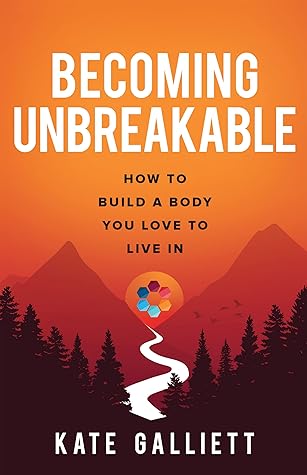Kindle Notes & Highlights
Read between
March 18 - March 20, 2022
In a study on knees of asymptomatic people, 44 people who had no history of knee pain, injury, or bone or joint disease were recruited and their knees were imaged. 43 of the 44 had at least one abnormality in the meniscus tissue. Also of note from that study was that of the 44 studied, 27 had abnormalities in at least three of the four regions of the knee.
First, continuing to do movements that are painful may make your brain more likely to create painful sensations.
Called long-term potentiation, this happens when an existing pathway between two brain cells gets used frequently enough that it becomes ‘strengthened’, or easier to fire those two brain cells together again.
When your brain learns to associate a certain movement or movements and pain, you might sense pain even though the injury is long since past.
“Calm stuff down, build stuff up.”
The point of calming things down is, in part, to clear noxious stimuli in the area, allow inflammation to do its thing, and to down-regulate the afferent nerve fibers that have sent info to the brain that has influenced the creation of the painful sensation.
Your brain likes novelty, and something new and different will fire neurons together in a new way, which may lead you to experience your body and the painful sensation in a new way.
pain, or rather, your experience of it, can be influenced simply by doing something different.
The third thing I want to share with you about movement and pain is that one of the ways your nervous system helps you avoid experiencing pain in the first place is by reducing your range of motion and your ability to move freely with your body.
Fehmi found that using narrow-objective focus with an existing painful sensation can also make that painful sensation feel worse and last longer. Examples of this include focusing intently on the area that is hurting, thinking about how it doesn’t feel good, worrying that something serious might be wrong, and focusing intensely on getting rid of the sensation.
learning to broaden and soften your focus is more conducive to experiencing a lessening or resolving of the painful sensation.
spending too much time in this zone can also trigger an increase in stimuli that your nerve endings detect and interpret as a painful sensation and report it up to your brain. The more those nerve receptors pick up potentially noxious stimuli, the more indication your brain gets that there might be a reason to create pain. As you might recall from the pain chapter, your brain can get more proficient at feeling pain because those nerves are being stimulated so frequently, which means an acute event can turn into a chronic tissue issue where pain then becomes more consistently present.
Lots of folks miss the mark on this one, thinking that constantly going hard and making the exercises very difficult equates to results. It does not. This is why it’s so vitally important that you do not ‘go big or go home’ when taking up any sort of more active lifestyle or physical training program. Appropriate dosage and appropriate increase of the dosage wins out every time. In my Unbreakable Body workout program, folks are frequently surprised at how mild the progressions are in terms of volume, frequency, and intensity.
In addition to sending forces that guide your tissue to heal and build its tolerance, you need inflammation as part of the healing process. Inflammation is your immune system’s response to injured tissue and when tissue damage has occurred, cells called macrophages rush to the area and release a hormone called IGF-1, which helps injured tissues to heal. Ice diminishes the release of IGF-1, thereby slowing the healing process.
Dr. Mirkin goes on to say that “anything that reduces inflammation also delays healing. Thus, healing is delayed by cortisone-type drugs, almost all pain-relief medicines, immune suppressants that are often used to treat arthritis, applying cold packs or ice, and anything else that blocks the immune response to healing.”[24]


